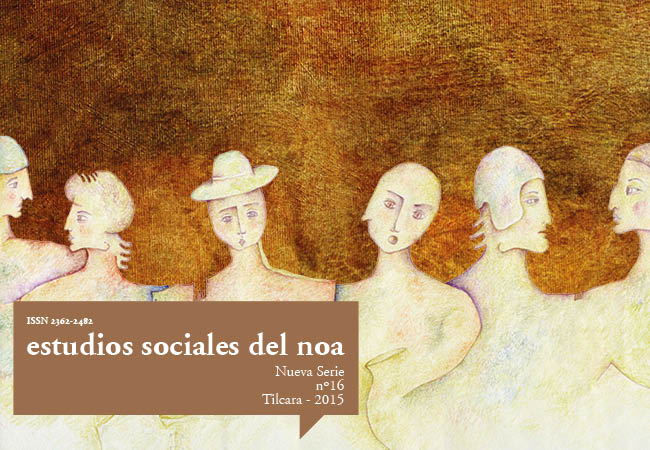New paleoenvironmental analysis and its archaelogical implications during the Little Ice Age in the Puna
Abstract
This paper completes paleoenvironmental studies in the Lapao ravine, the dry puna of Jujuy, Argentina, for the period of the Little Ice Age. Sedimentology and pollen analyses were the principle data proxies used. Drawing on these analyses and on ethnographic data on pastoral societies in desert environments, we evaluated the strategies that could have generated the archaeological record for this period. The results are coherent with those detected in other Andean localities and indicate a first moment marked by the presence of a wetland (1538-1665 cal. AD), in the context of mixed steppe vegetation (shrub-herbaceous); and then a second moment (1681-1744 cal. AD) of expansion of the wetland under conditions of greater regional dryness. Finally, a third moment (1760-1966 cal. AD), marked by a retraction of the wetland and the development of mixed steppe vegetation was recorded. The archaeological expectations for this dry period are the development of a camelid management strategy consisting of the selective slaughter of adult individuals.Downloads
Authors who publish in this journal accept the following conditions:
- The authors or translators retain the copyright and assign to the journal the right of first publication, with the work registered under the Creative Commons Attribution-NonCommercial-ShareAlike 4.0 International, which allows third parties to use what published as long as they mention the authorship of the work and the first publication in this journal.
- Authors may enter into other independent and additional contractual agreements for the non-exclusive distribution of the version of the article published in ESNOA (eg, include it in an institutional repository or publish it in a book) as long as they clearly indicate that the work was first published in this journal.












